Ubisoft, Activision, CD Project, Sony Computer Entertainment – just a few of the bigger names among the companies for which DIGIC Pictures makes cinematic trailers, intros, and in-game cut-scenes since its foundation, in 2002.
Their very first work was an intro and cut-scenes to the RTS Armies of Exigo, developed by Black Hole Entertainment, and later, thanks to its huge success, more and more major publishers asked them to make similar film intros, cut-scenes, trailers, or commercials. Their names are associated with such famous franchises and games as several episodes of the Assassin’s Creed series, Final Fantasy, Mass Effect 3, Civilization V, The Witcher 3, Halo 4, Destiny, Call of Duty series – and we could list more. (The almost complete list can be found on their page) While the Hungarian video game industry’s current situation – as far as the development of actual video games is concerned – isn’t very impressive, in the field of animation production, DIGIC Pictures truly stands out – in Hungary and internationally as well. That’s why we were not even surprised to hear that Assassin’s Creed Valhalla’s first-rate “cinematic trailer,” released on April 30, was also made by DIGIC Pictures, still, it was a great opportunity to make a thorough interview with the head of the company, Rabb Sándor Alex.
theGeek: First of all, congratulations to Assassin’s Creed Valhalla trailer, which was quite fantastic, it truly excited me about the game, while I admit, that the concept of the game itself (Viking assassin) didn’t interest me that much at first. However, this trailer was so exciting and professional (again) that I can’t wait to try the game. This is not the first time you have worked with Ubisoft, as you have also made trailers and cut-scenes for several Assassin’s Creed games…
How do you get these jobs? Is there a specific agreement under which you work regularly with Ubisoft or do you have to apply for each job? How can we imagine this process?
Rabb Sándor Alex: Thank you and we are glad you liked the new Valhalla trailer. 🙂
Our partnership with Ubisoft dates back to 2009. Our first joint project – which was about Assassin’s Creed II – was the creation of a cinematic trailer. The collaboration worked so well that from then on, there was a constant demand for cinematics announcing more and more exciting games for the AC franchise. For the past nearly ten years, we’ve made quite a number of cinematics for Ubisoft games like Assassin’s Creed Revelations, Assassin’s Creed Black Flag, Assassin’s Creed Unity, or Assassin’s Creed Origins. We are very happy, that Ubisoft is now a returning customer who trusts the work of DIGIC and we can work together on franchises like the Assassin’s Creed just mentioned or Rainbow Six.
tG: In which way game publishers communicate with you? How do they tell you, what is expected from an animation? For example, are they sending a script? How detailed is it? Or do they trust you with the majority of things to do?
RSA: At DIGIC, we place great emphasis on customer communication. We have a dedicated Account Manager team to make the communication between the customer and the production as efficient and smooth as possible. So, they are the ones through whom customer expectations and manufacturing information reach the team.
The very first step in working together is to get the treatment, the storyboard, or even the entire script from the client. Based on this, we get an idea of the world of the film, the characters and the locations, which helps us to create a so-called 3D animatic, in which we outline how we imagine the film. How much we get a free hand in shaping the story is customer dependent. We have clients who already come to us with a fully developed concept, or know exactly what characters they want. On the other hand, some ask our opinion and they are fully open to our professional comments.
For example, when making our animated short film The Secret War for the Love, Death & Robots animation anthology running on Netflix, the client was fully open to our suggestions. In this case, the team worked based on a script. All the other creative and production developments needed to make the film have been entrusted to us.
tG: Based on what specific criteria did you create the trailer for Assassin’s Creed Valhalla?
RSA: Based on the scenario, we saw that we had to create several locations, characters, and a huge battle scene. The primary goal is to adapt to the resulting game characters and locations (assets) and also to create the Viking-era world as authentically as possible. Different venues provided an opportunity to create different ambiences – unique atmospheres were important indeed. This posed a serious look development challenge. Reading the scenario about the landing, it was clear that we would also have to create a grandiose action sequence. Combat choreographies, clashes, and last but not least, the naturalistic portrayal of the battle posed several challenges for the team.
tG: Can you outline how to make such a CGI film? For example, how much do you use mocap, and how does the mocap technology you use differ from others?
RSA: The preparation of our films typically consists of 5 phases. Story development, previz making, mocap shooting, 3D animation making and visual development. In essence, that is the process of the development of the cinematic. Of course, our client, the developers of the game, provided us with a lot of background material, so we were already aware of many things concerning the visual world and the story, so it was pretty clear, what kind of film they would like to receive from us. DIGIC’s strength is its close collaboration with the client, which helps us to make the cinematic unique while still following the guidelines which our partners have dreamed of. We also use mocap filming for most of our films, working with professional stuntmen and actors. During the filming, our directors work with the stuntmen to create the action choreographies of the game. This means that we equip the actors with markers to help capture their movements. And later, this captured movement will be applied to digital characters.
Our mocap technology can be said to be an industry standard, but we can also provide custom solutions for individual needs.
Compared to traditional film footage, mocap footage, in that case, is not first processed in the editing room, but with a 3D software (Maya). Based on these, we compile the 3D scenes, and then the previz (3D animatic) is made from it, which is ultimately a cropped animated short film. Once the previz is complete, the length of the film, the locations, the events, and the number of cuts and shots will be clarified. In this phase, we can see the film in a sort of rudimentary quality. This is followed by the production of the film. In DIGIC, separate divisions deal with characters, locations, animation, effects, and compositing that culminates the creative process. Mention should also be made of the large number of technical workflows available that allow the production of a world-class CGI film. Assembling and rendering the scenes is a real “mountaineering” task. Each phase of work also has its beauties and challenges. As the work progresses, we regularly check how the film is evolving in our own movie theatre. In the beginning, even with an untrained eye, we see an unenjoyable movie. As we move forward in time, the animations become more beautiful, the facial expressions, dialogues, emotions that can be experienced appear. Then the elaboration of the locations and characters, the fidelity of surfaces and materials, and the mood-creating effect of the lights are added to the scenes. Meanwhile, more and more effects will be seen, such as crashing waves of seawater, smoke from burning houses, or clashes depicted in an epic battle scene. The last workflow is compositing, which doesn’t mean we’re at the very end of it, but that once the whole film is together, the light-shadow relationships, the fine-tuning of colours, and the camera effects like depth-of-field, image graininess it is even “superimposed” on the images, making the film even more nuanced.
tG: Magnus Bruun, a male model of Assassin’s Creed Valhalla mentioned on Twitter that he had visited several times due to the shooting of the last kingdom In Hungary. Is it a coincidence that he was chosen as a model? (Except for the Viking theme, of course.) And especially here in Hungary were MOCAP footage taken of it?
RSA: We don’t usually have a big role in the protagonist selection. In the case of Valhalla, the basic design of the protagonist characters came from Ubisoft, they also manage the issues related to the characters.
tG: By the way, what kind of movie stars, actors have you worked with using mocap technology? With Kevin Spacey or Troy Baker, for example, were the mocap shots taken here, in Budapest for Advanced Warfare or elsewhere? What was it like working with them (or other stars, actors)? Do you have any favourite stories you can tell about them?
RSA: Stars don’t usually travel here to us in Budapest because of the mocap recording. Sometimes, if you’re shooting in Europe, they fly here for a day, for example, for the sake of 3D Photoscan.
Kevin Spacey and I had the opportunity to shoot for Advanced Warfare in Los Angeles, and John Malkovich was recorded in Paris. Kevin Spacey was a fantastic and dedicated actor. Many times he suggested more and more recordings because he felt his acting wasn’t perfect yet. He was prepared as if he were shooting a high-budget live-action movie. A true pro who added a lot to his role because he wanted to give his best to a game as well.
tG: What phases of work precede, for example, the development of a specific historical setting, such as the trailer for Assassin’s Creed Unity showcasing French revolutionary Paris, or even now for Assassin’s Creed Valhalla?
RSA: In our films – and this is especially true of the Assassin’s Creed animations – we pay a lot of attention to detail, the defining specific style traits of that era. It can be said that cultural history, ethnography travel, research work prepares the production processes. We need to know what characteristics of the milieus were in the given age, what architectural style was decisive, what environmental influences were deposited on each visual element, how the people of that time lived, what their everyday activities were, what objects they used, how they dressed. Beyond all this, of course, we also need to formulate the artistic concept with which we process the mapped world. We don’t make documentaries, so age fidelity is important but more important is the unique visual world into which the viewer can be “immersed”.
tG: How much information do you have usually about games before the press or fans? Like in the case of Assassin’s Creed Valhalla for example: how much time you knew already about Valhalla’s setting and gameplay?
RSA: The AC Valhalla cinematic trailer took a total of 7 months to complete. Together with the negotiation and pre-production period before the specific production, we can say that we already have specific information about the world of the game about 6-8 months earlier.
tG: How long does it take to make such a trailer, how many people works on and what kind of software, what kind of work phases needs to be done?
RSA: Movies made with 3D technology are made up of lots and lots of workflows. Without mentioning everything: storyboard drawing, mocap rotation, cropping, character modelling, hair, shading or materialization, texture painting, background painting, dress and hair (hair) simulation, body and face animation, effecting, composing, polishing. In each process, several creative artists usually work hard, and of course, they have the control of their artistic, directing and technical supervision. It’s hard to say an exact number, as some creators sometimes make only one detail at a time, while others are present from the beginning to the end of the film. Nevertheless, the trailer for the Assassin’s Creed Valhalla game has been made by about 100 people for 7 months.
Our software park is quite diverse. The main 3D workflows are made in Maya, and we also use Nuke for post-production/compositing. We also use ZBrush, Substance Painter, Marvelous Designer, Blender, Photoshop, RV, and many internally developed tools.
tG: What is the current situation of the animation profession in Hungary? Are you “alone” in this field?
RSA: There is an extremely strong professional environment in Hungary, with many animation professionals and programmers. However, I believe that a good professional alone, unfortunately, does not always get such a professional opportunity compared to be working for a company with an already established network of relationships. In 2002, I followed this line of thought and we founded DIGIC, seeing an excellent opportunity in the professionally established environment of this era. It took nearly twenty years of hard work and now I can say that we are a company that is at the forefront internationally and has recurring customers such as Netflix, Sony, Microsoft Studios, Activision, Ubisoft, Bungie, Riot Games, or Square Enix.
tG: Zsolt Vámosi (a former development manager of the game development company Philos Labs, and then an old animation company that had since ceased to exist, the 3D Brigade company – ed.) once told me that the competition for 3D Brigade was very tough because of the South-Korean companies for example, which “knocked down” the prices and received state support in their own countries. How typical is this now, or how difficult is it to stay on the market as a Hungarian company and also how difficult was it to fight to get to the forefront?
RSA: The first 5-10 years were especially difficult because the portfolio we have now was not yet available. At that time we had to fight hard for all the work opportunities. This has changed so much that we are already counted on by potential customers and we are usually on the list of game producers as well. But this is not enough for success, as for every project game companies choose the animation studio that is considered the most suitable for the job, and of course, we have to constantly provide outstanding performance. In this line of job, it’s not enough that someone made a good animation years ago. They look at how our latest films have succeeded. It is not enough to rely on old successes, as there are always talented and success-hungry claimants to the throne who are applying for the same job as us.
However, we do not feel stronger competition in South-Korea than in other countries. We need to pay close attention to our competitors in the U.S. and Canada, primarily because of our customers.
The presence in Hungary makes our job more difficult in some respects. Due to language barriers and time lag due to our geographical location, communication with us is somewhat more difficult. Therefore, we need to be much better than a Montreal team, for example, so that they are not chosen by the big publisher there.
tG: A question also from those who dream that they will one day work in this profession… In general, what kind of schools does someone have to go to be hired by you, and what software do they have to learn to use? Are there any vocational schools currently operating in Hungary?
RSA: 3D animation in a broader sense is an extremely exciting, diverse and intricate profession of animation-film, film visual effect: it’s actually applied arts. An interesting mix of technology and arts. As it covers a lot of sub-fields, those working in this profession also come from a lot of fields. It can mean a wide variety of jobs, from programmers to modellers, animators, assistants, coordinators, to visual designers.
If someone specifically knows that he wants to be employed in this industry, then, of course, there are both public and private institutions. In Hungary, the art part MOME, METU (animation) and the technology part, BME, ELTE (informatics, programming-mathematics) are quite different. They provide years of training and comprehensive knowledge in the field. BME and ELTE do not have a specialization in animation / CGI / VFX, but there are related compulsory and admissions subjects.
There are now several private educational institutions (e.g. for Mesharray). These have the advantage of providing shorter and more targeted training in specific areas: VFX, visual design, character modelling, or software-based training. (Maya, Nuke, ZBrush, etc.) Perhaps it can be said that the two basic software of the profession are Maya and Nuke. Knowing these, you can position yourself quite well.
But something is important to clarify: it all depends on the person. In this profession, typically approached from a creative point of view, you need two things to get the job:
- Demo reel – 1-1.5 minute material that demonstrates the candidate’s professional knowledge.
- Curriculum vitae – this is most relevant due to previous jobs, studies and software knowledge.
The order is important because if someone has a very, very good demo reel, it is usually less interesting what their professional background was. Of course, both matter, it is only worth considering that it is not only possible to enter this profession based on previous (university) studies and work. Enthusiasm, perseverance, constant trying and learning are individual skills that lead to long-term success.
tG: How is the work from a “home office” now for you? What are the advantages and disadvantages? By the way, how does the pandemic situation affect you? Do you have more work or fewer orders?
RSA: At DIGIC, we started a gradual transition to working from home in mid-March. This was a completely new situation for us, but we decided to introduce a home office because the most important thing during this period was to keep the health of our employees and their families and to work continuously on projects. Unfortunately, the health situation also affected us. A previously won project was eventually cancelled precisely because of the virus.
Despite all this, fortunately, we can say that regardless the difficulties, we have been able to make continuous progress with the production of our films, which we started earlier, and we are expected to have the opportunity to start new projects.
tG: What important work are you doing now?
RSA: Unfortunately, because of the strict secrecy that binds our clients, I can’t answer that specifically. However, all I can tell you is that this year we are also working on projects of exciting and well-known franchises, and we are making a trailer for announcing completely new games.
the interview is made by -BadSector-
Please support our page theGeek.games on Patreon, so we can continue to write you the latest gaming, movie and tech news and reviews as an independent magazine.
Become a Patron!

![Embracer Group AB (”Embracer”), through its operative group Saber Interactive[1], has entered into an agreement to acquire 100 percent of the shares in Hungary based DIGIC Holdings Kft (“DIGIC”) from its current owners, including founder Alex Rabb.](https://thegeek.games/wp-content/uploads/2020/07/thegeek-endingbrand_montázs_kép-DIGIC-Pictures-1-664x335.jpg)


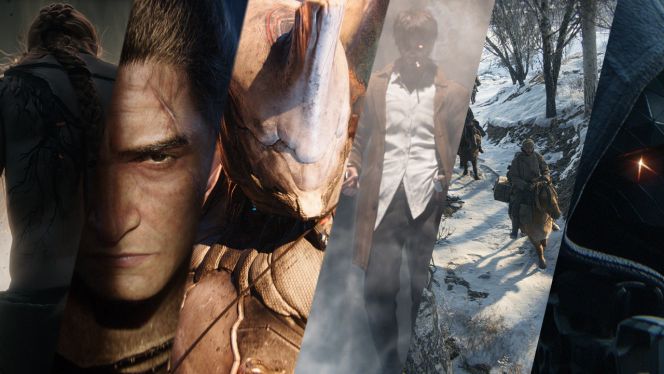
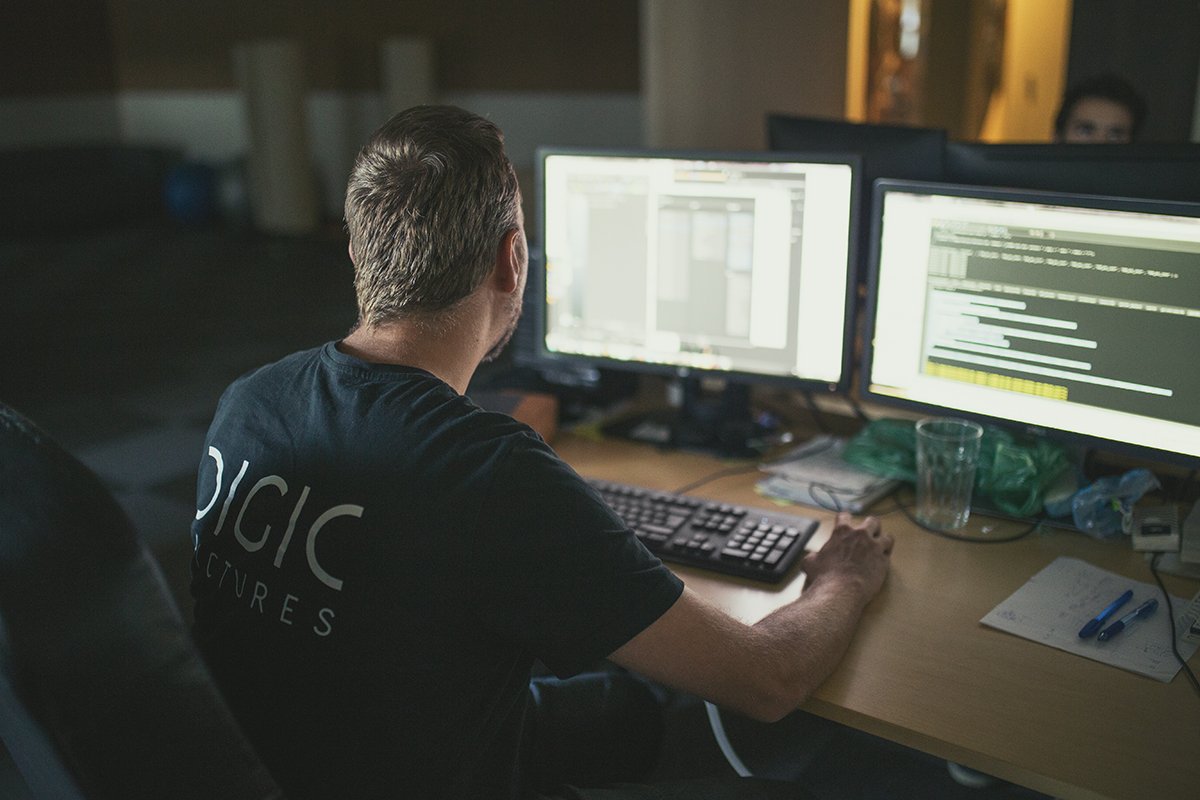


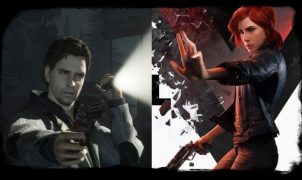







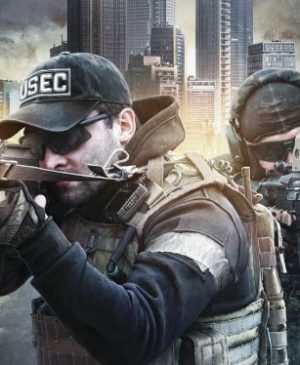

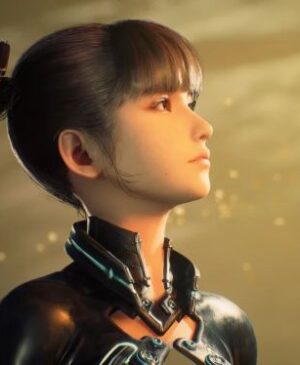

Leave a Reply